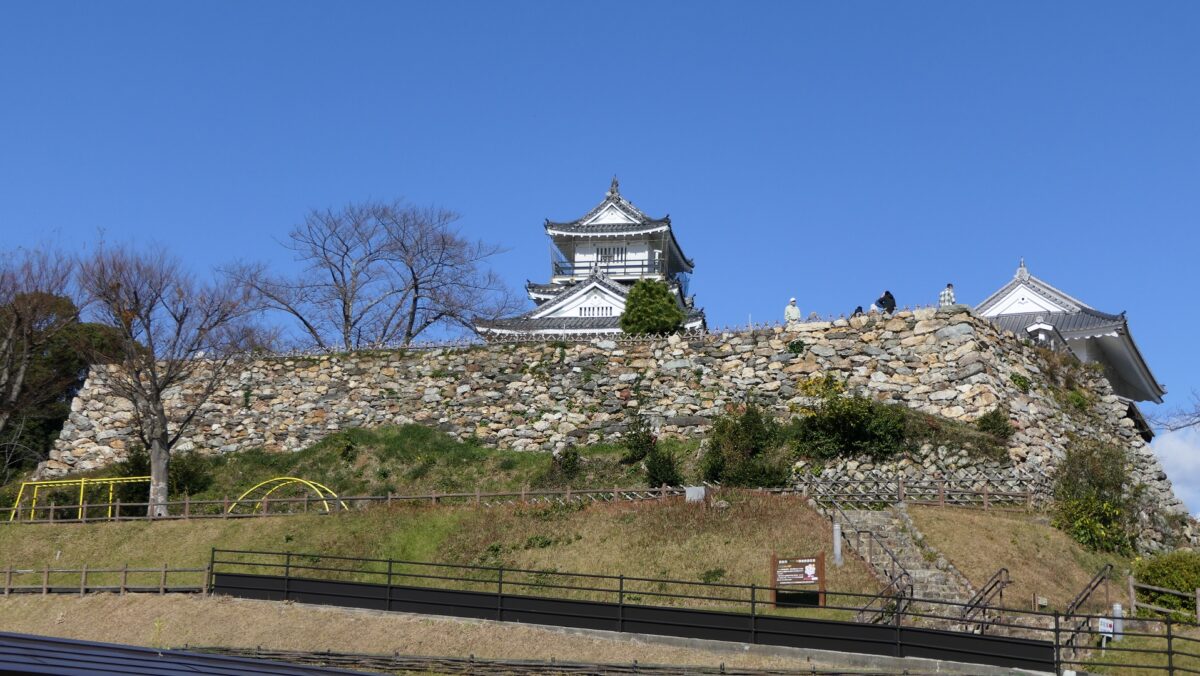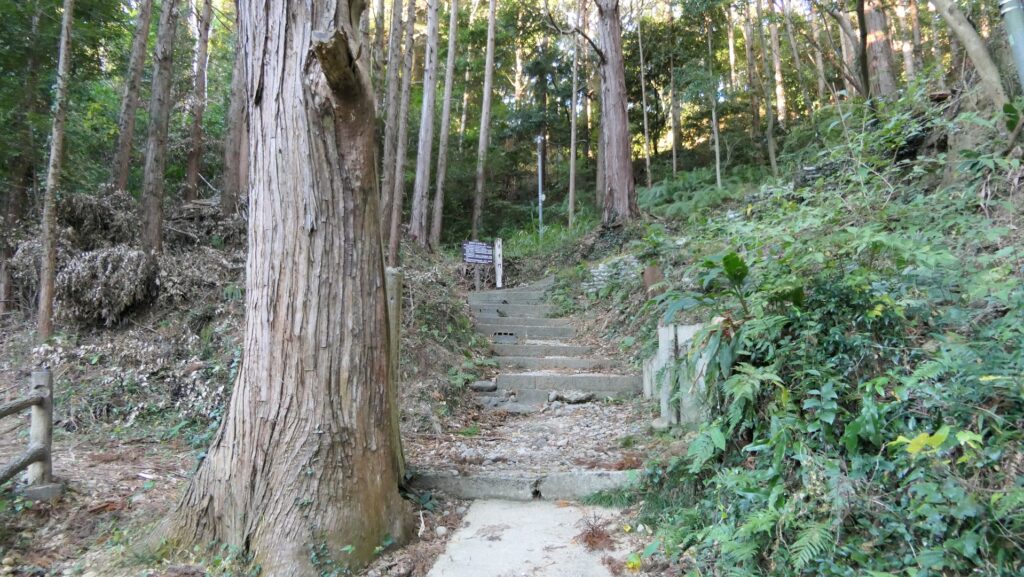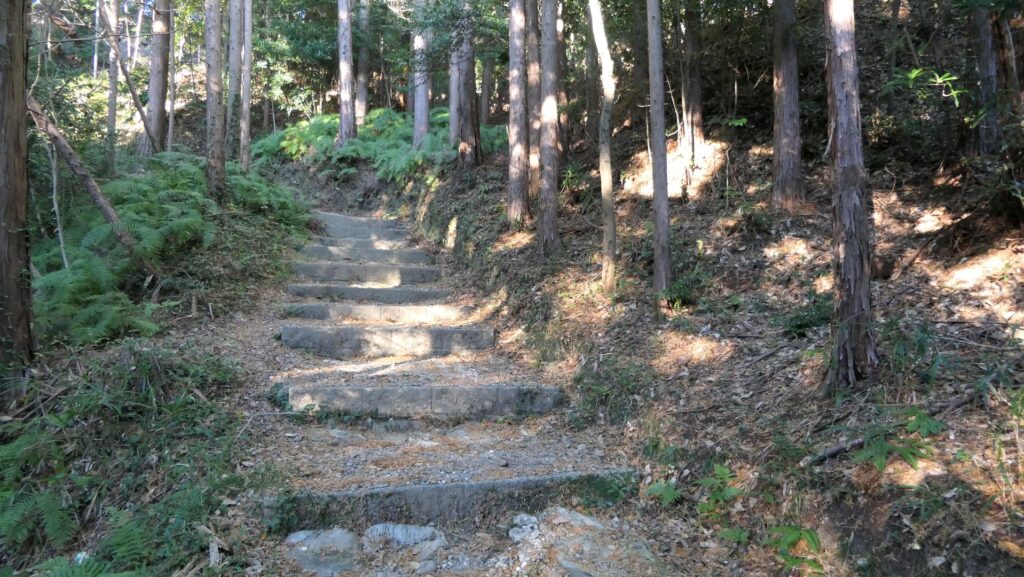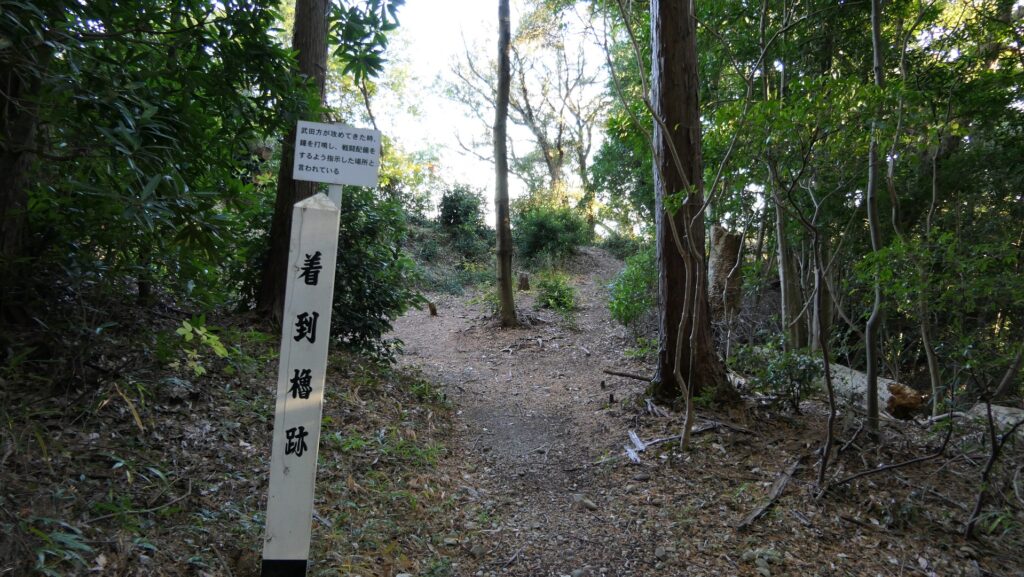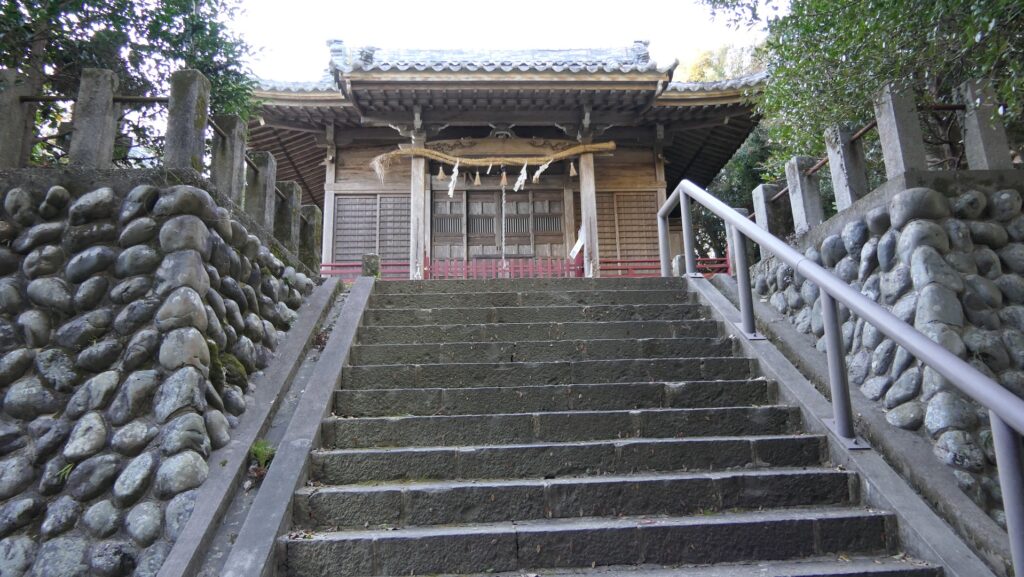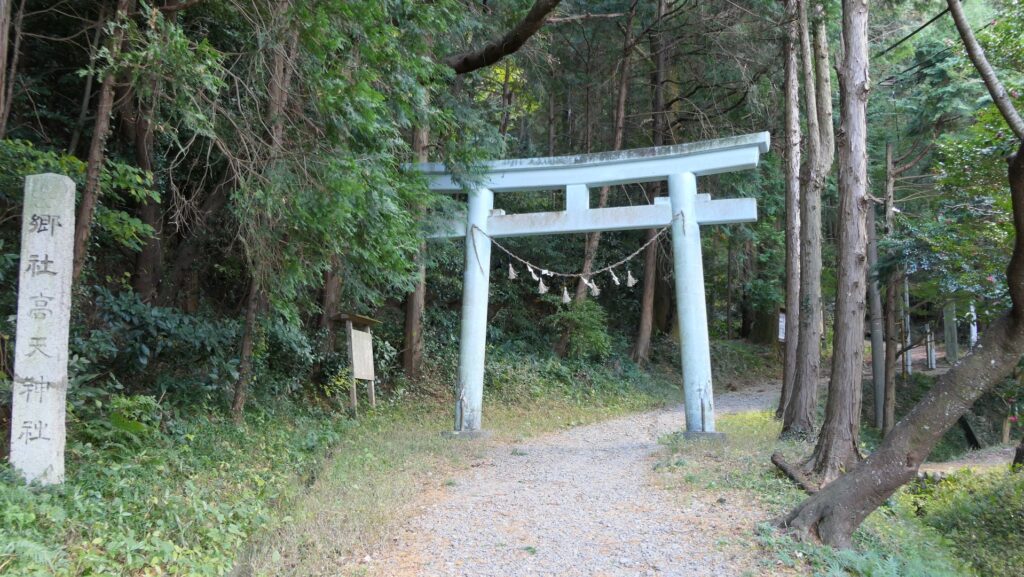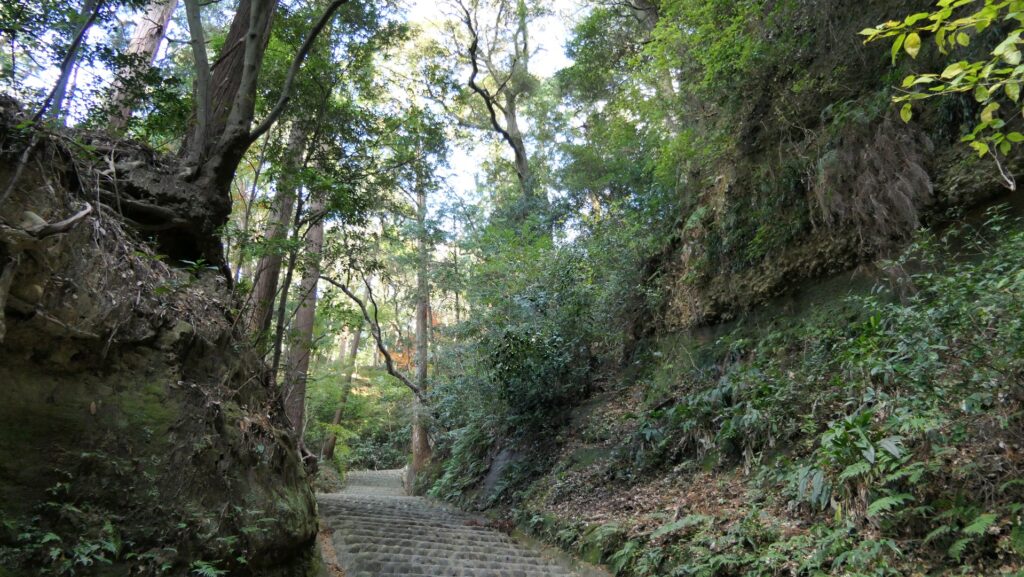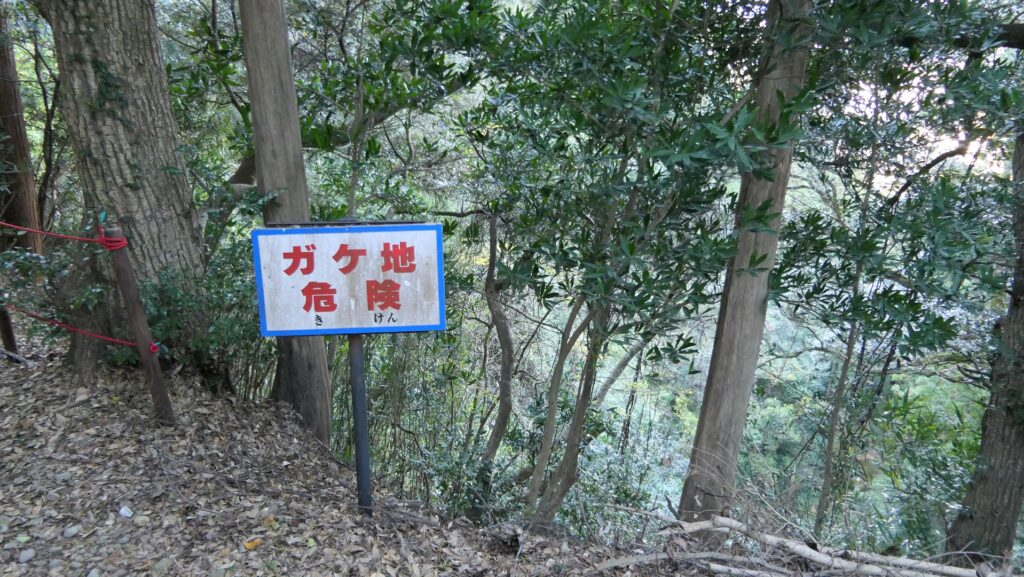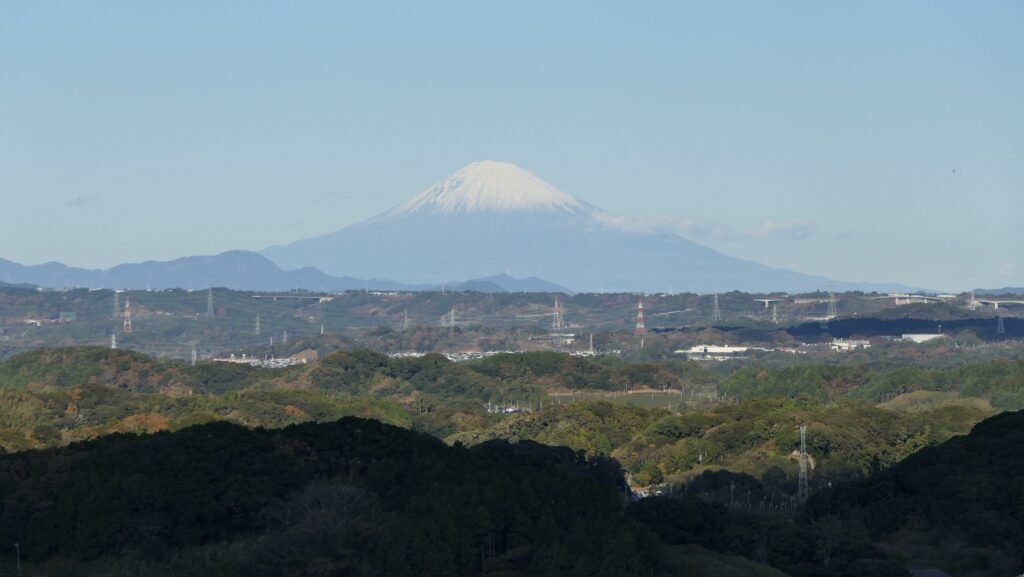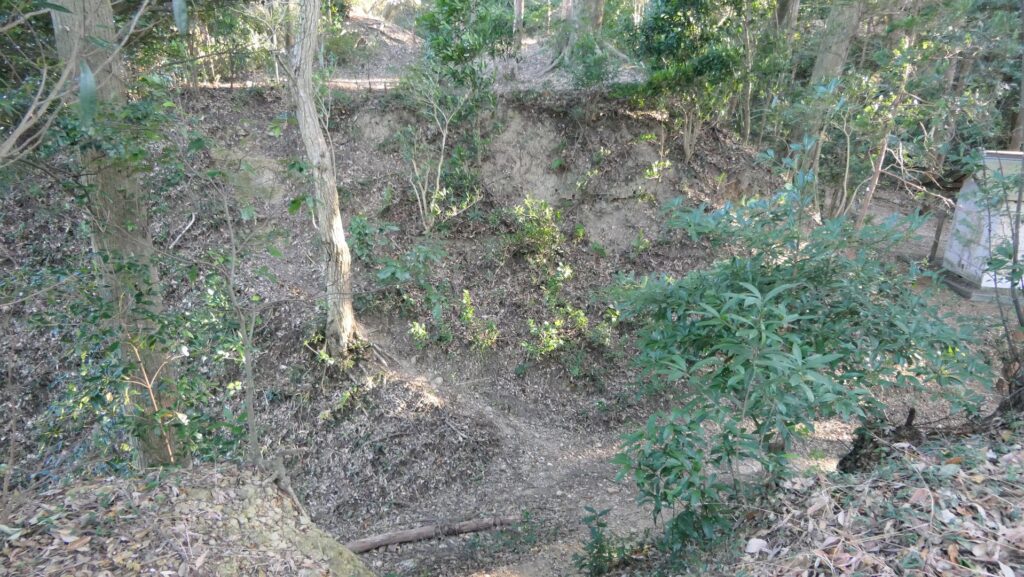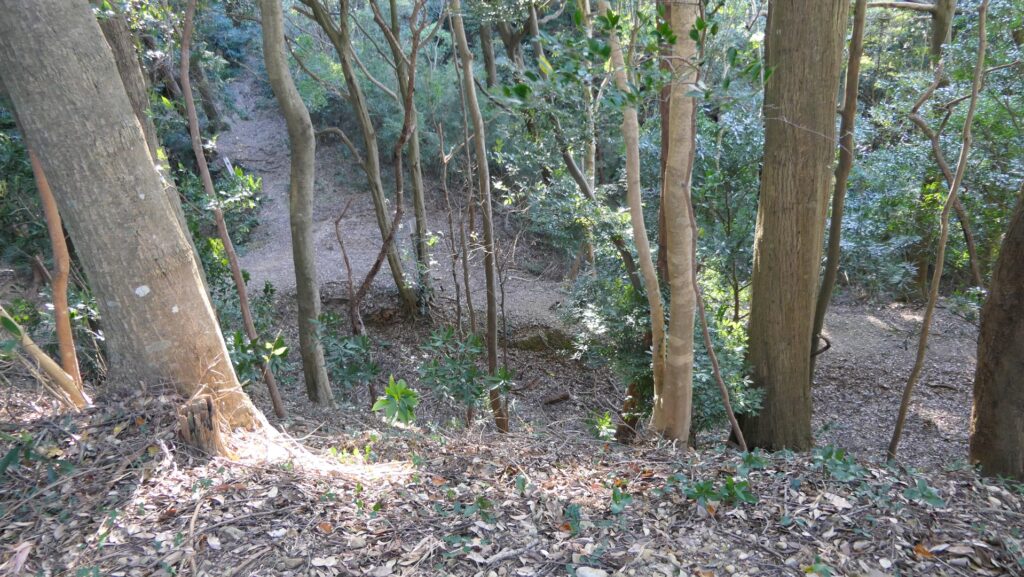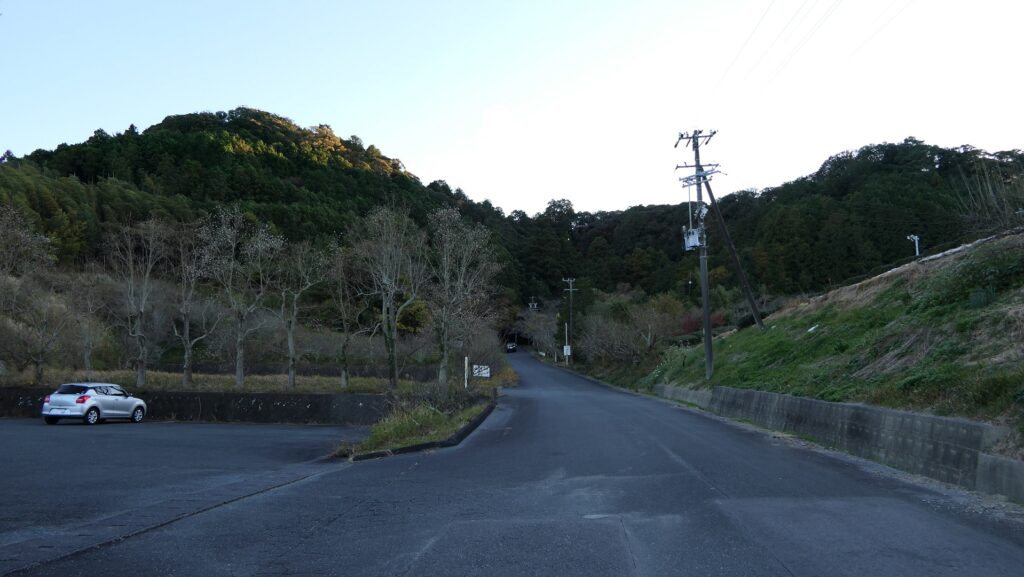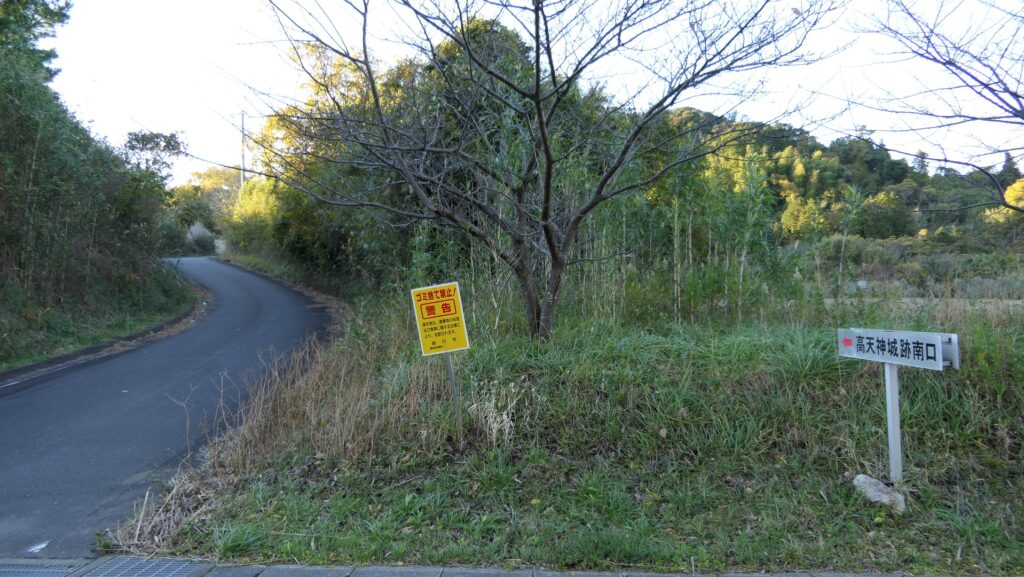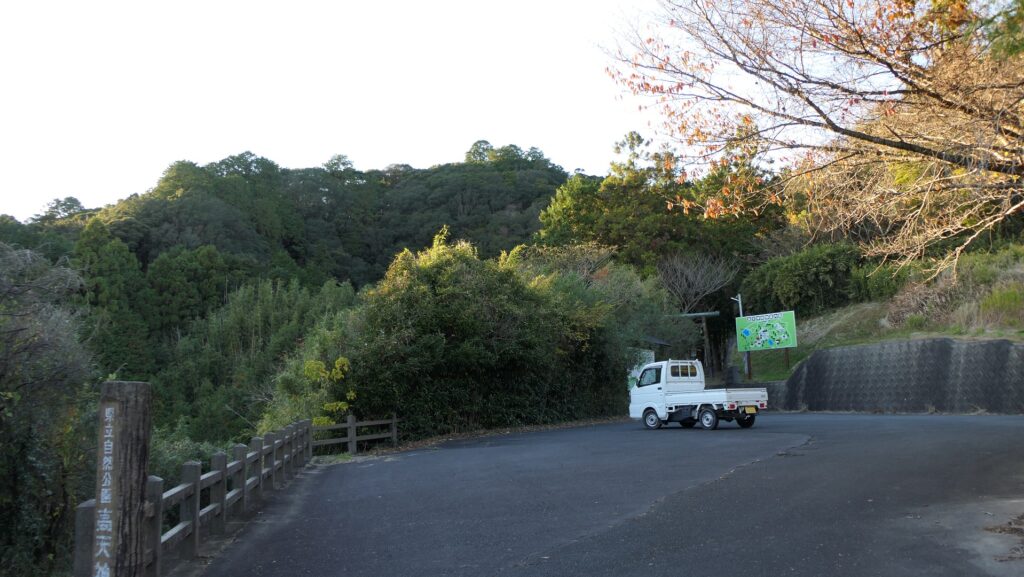Features
Around Castle
If you have more time, how about visiting the ruins of Hikema Castle which now becomes a Toshogu Shrine. You can see a view and good location of the present Hamamatsu Castle in the distance.
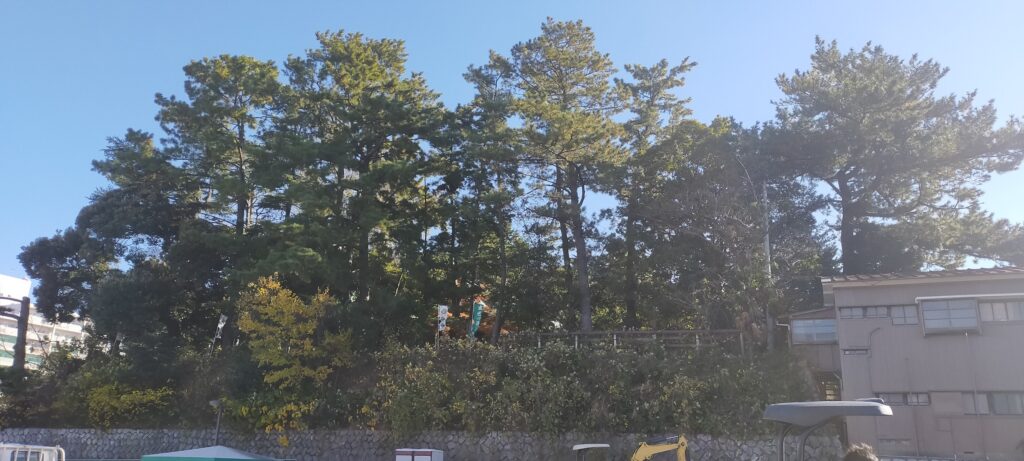
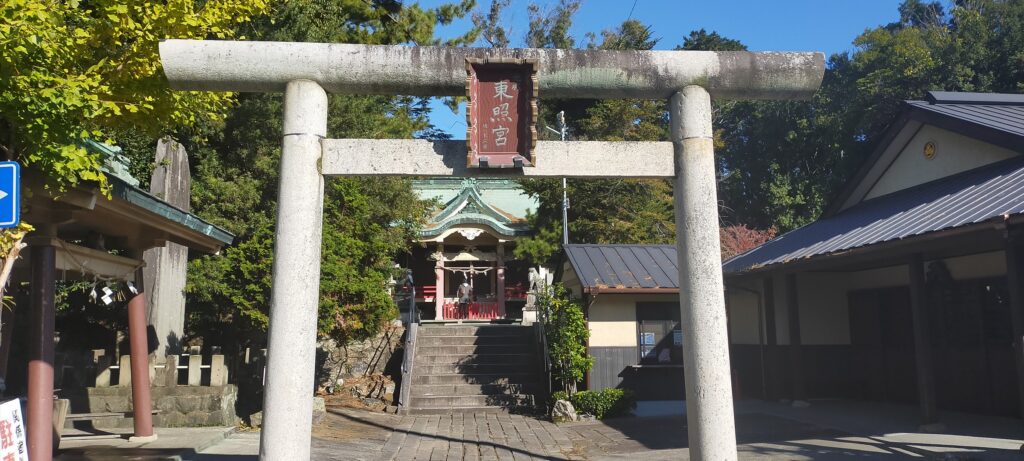
I also recommend visiting ruins regarding the Battle of Mikatagahara such as Saigagake valley. You can still see the deep valley at 13m, which was originally about 40 m. There is the Saigagake Museum beside the valley, where you can learn Ieyasu’s life.
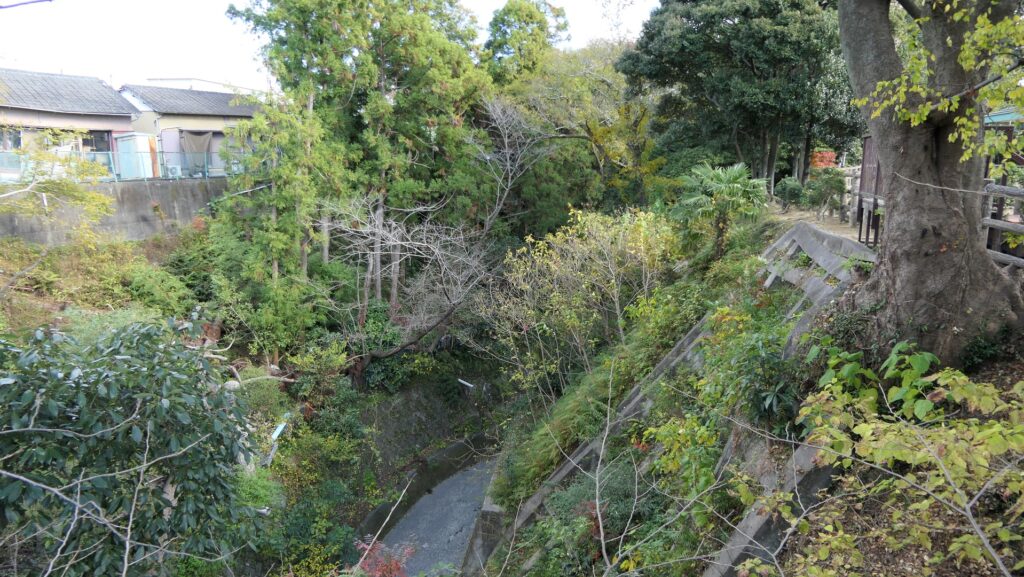
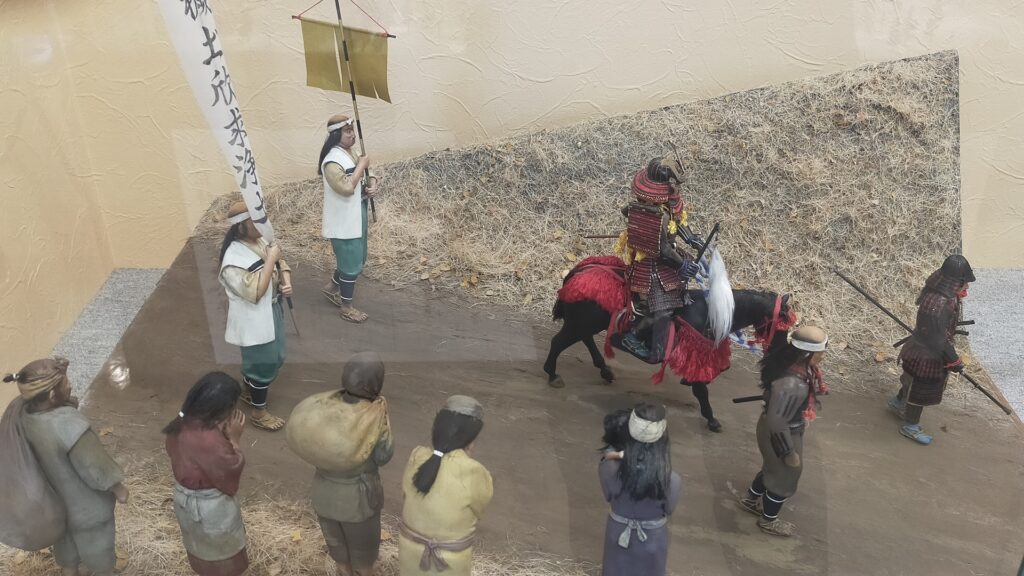
There is also the monument of the battle, about 10km north from the museum.
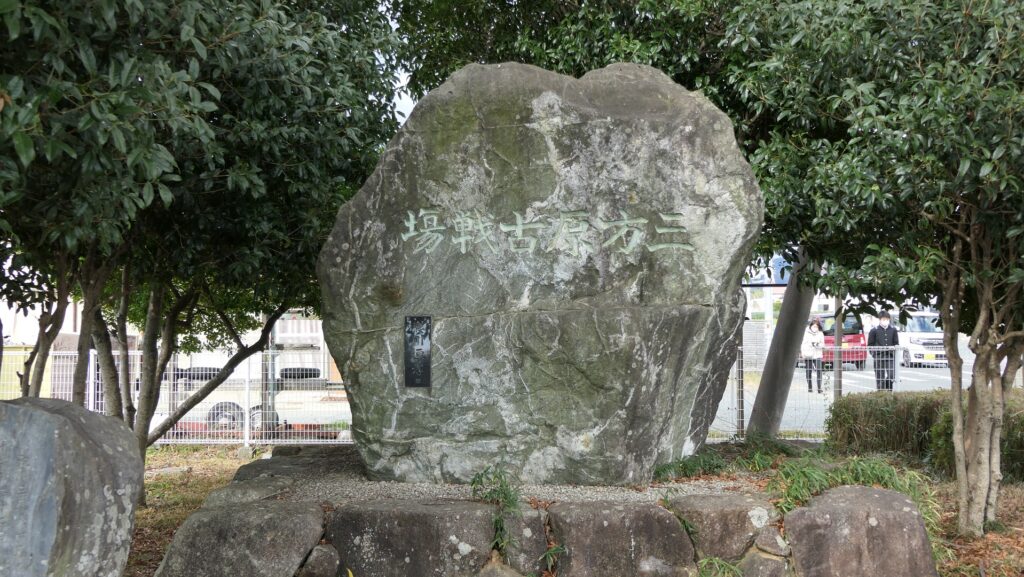
Later History
After the Meiji Restoration, Hamamatsu Castle was abandoned and all the castle buildings were demolished. The Many parts of the castle were turned into a city area and only the central part remained as an observation platform. After World War II, Hamamatsu City bought and opened it as Hamamatsu Castle Park. The city is considering restoring the past castle.
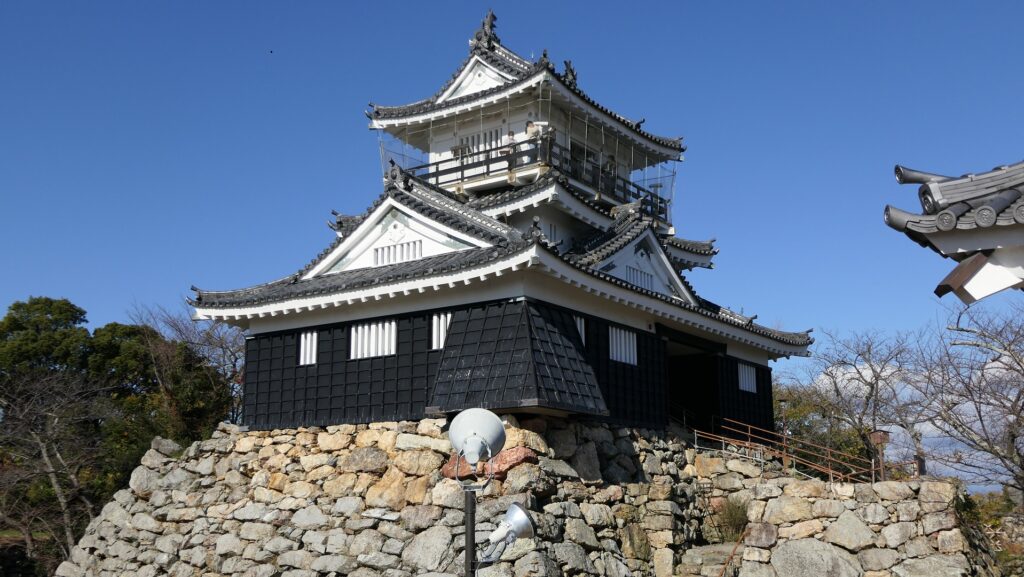
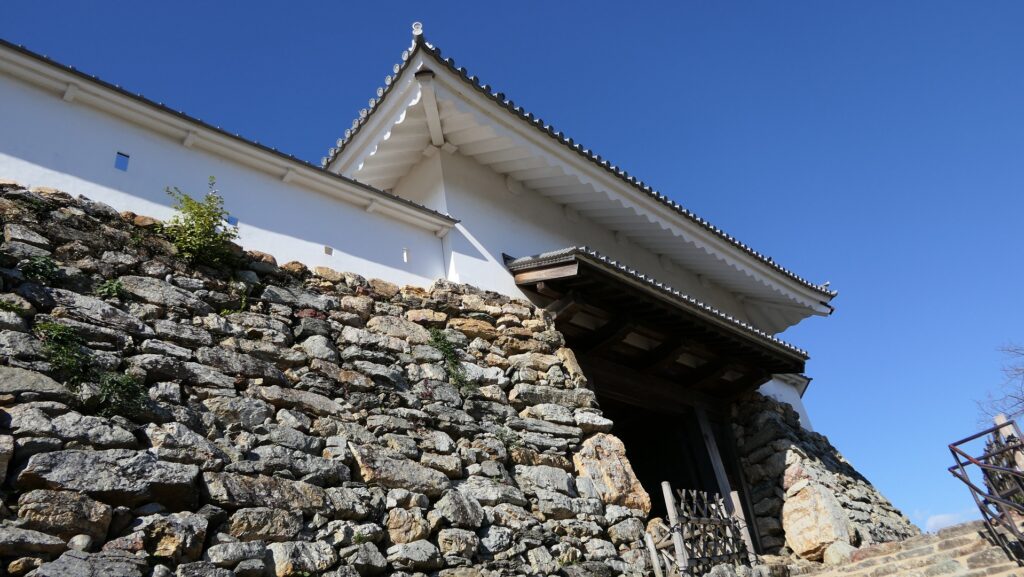
My Impression
I once thought the remaining stone walls of Hamamatsu Castle were built by Ieyasu. However, I learned that the legacies of the castle come from many clans and periods. I also learned that the castle still has a lot of mysteries. I hope that these mysteries will be solved one by one through the excavation and studies in the future.
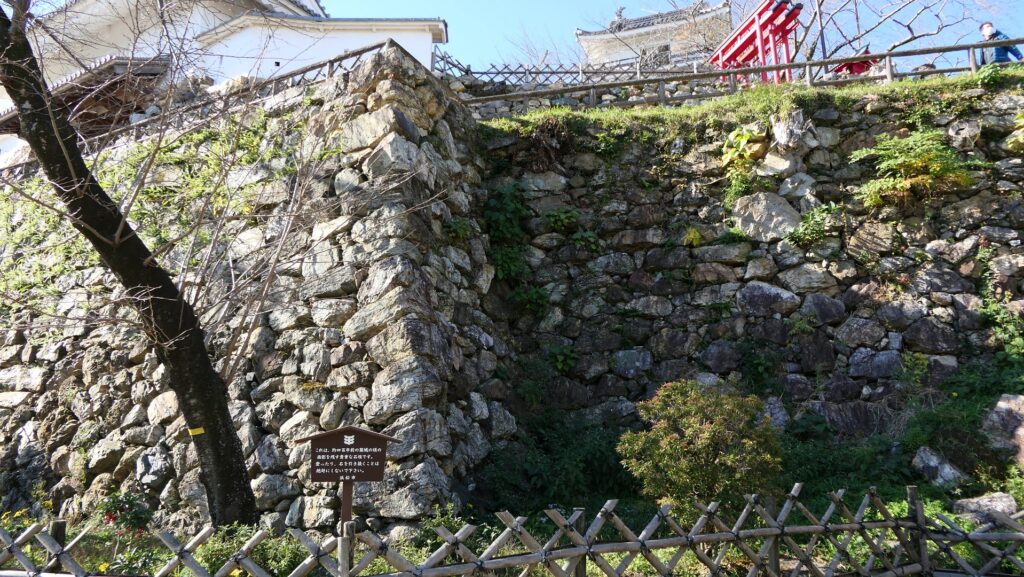
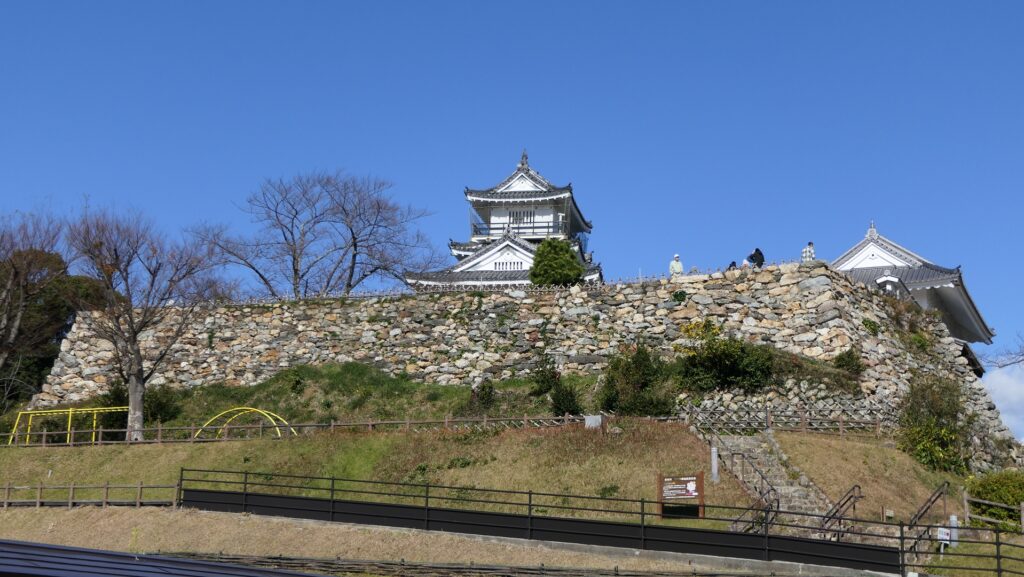
How to get There
If you want to visit the castle by car, it is about 30 minutes away from Hamamatsu IC on the Tomei Expressway. There is a parking lot for visitors in the park.
By public transportation, it takes about 20 minutes on foot from the JR Hamamatsu Station.
To get to Hamamatsu Station from Tokyo or Osaka: Take the Tokaido Shinkansen Super Express.
Links and References
That’s all. Thank you.
Back to “Hamamatsu Castle Part1”
Back to “Hamamatsu Castle Part2”

